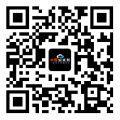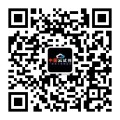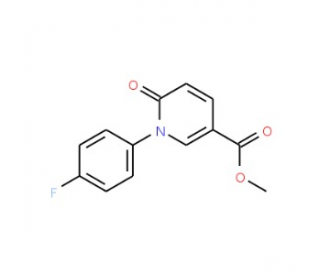详细说明
- Assay TypeSolid Phase Sandwich ELISA
- Format96-well strip plate
- Range46.90 - 3,000 pg/mL
- Sufficient MaterialsFor five 96-well plates*
- SpecificityPlease see the
This DuoSet ELISA Development kit contains the basic components required for the development of sandwich ELISAs to measure natural and recombinant Botulinum Neurotoxin Type A (BoNT-A). The suggested diluent is suitable for the analysis of most cell culture supernate, serum, and plasma samples. Diluents for complex matrices, such as serum and plasma, should be evaluated prior to use in this DuoSet.
- Optimized capture and detection antibody pairings with recommended concentrations save lengthy development time
- Development protocols are provided to guide further assay optimization
- Assay can be customized to your specific needs
- Economical alternative to complete kits
- Capture Antibody
- Detection Antibody
- Recombinant Standard
- Streptavidin conjugated to horseradish-peroxidase (Streptavidin-HRP)
DuoSet Ancillary Reagent Kit 2 (5 plates): (Catalog # ) containing 96 well microplates, plate sealers, substrate solution, stop solution, plate coating buffer (PBS), wash buffer, and Reagent Diluent Concentrate 2.
The components listed above may be purchased separately:
PBS: (Catalog # ), or 137 mM NaCl, 2.7 mM KCl, 8.1 mM Na2HPO4, 1.5 mM KH2PO4, pH 7.2 - 7.4, 0.2 µm filtered
Wash Buffer: (Catalog # ), or 0.05% Tween® 20 in PBS, pH 7.2-7.4
Reagent Diluent: (Catalog # ), or 1% BSA in PBS, pH 7.2-7.4, 0.2 µm filtered
Substrate Solution: 1:1 mixture of Color Reagent A (H2O2) and Color Reagent B (Tetramethylbenzidine) (Catalog # )
Stop Solution: 2 N H2SO4 (Catalog # )
Microplates: R&D Systems (Catalog # )
Plate Sealers: ELISA Plate Sealers (Catalog # )
- StorageStore the unopened product at 2 - 8 °C. Do not use past expiration date.
There are seven serotypes of Botulinum Neurotoxins (BoNTs) produced by various strains of Clostridium botulinum. BoNTs are synthesized as inactive single chain protein precursors and activated by proteolytic cleavage to generate disulfide-linked two-chain proteins. The 50 kDa light chain contains the catalytic domain, whereas the 100 kDa heavy chain contains an internal translocation domain and a receptor binding domain. BoNTs are the most potent protein toxins for humans. As zinc proteases, they cleave SNARE proteins to elicit flaccid paralysis in botulism by blocking acetylcholine release at the neuromuscular junction.
E. coli-expressed recombinant BoNT light chains are active proteases. However, they are not toxic because they cannot enter into host cells in the absence of the heavy chains.
- Entrez Gene IDs:5185061 (C. botulinum);
- Long Name:Botulinum Neurotoxin Type A
- Aliases:BoNTA; BoNT-A












